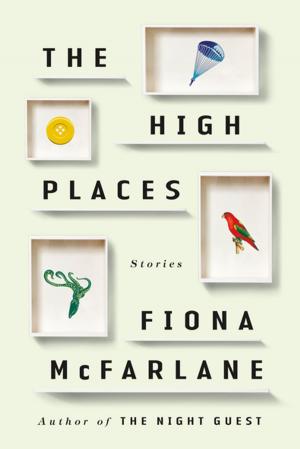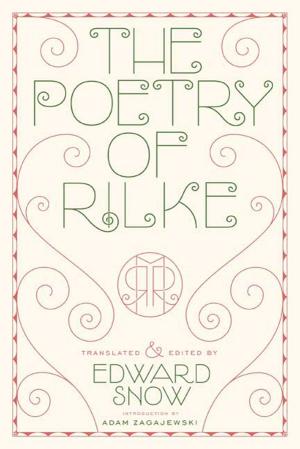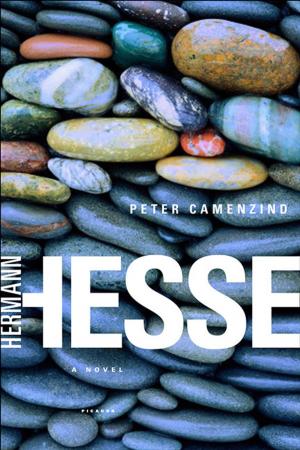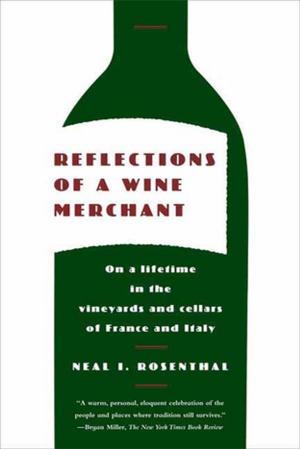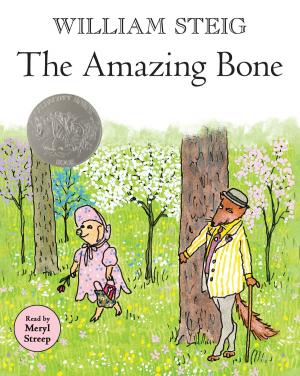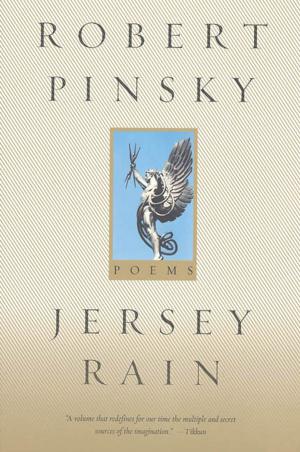Dreaming by the Book
Nonfiction, Religion & Spirituality, Philosophy, Aesthetics, Fiction & Literature, Literary Theory & Criticism| Author: | Elaine Scarry | ISBN: | 9781466845527 |
| Publisher: | Farrar, Straus and Giroux | Publication: | May 21, 2013 |
| Imprint: | Farrar, Straus and Giroux | Language: | English |
| Author: | Elaine Scarry |
| ISBN: | 9781466845527 |
| Publisher: | Farrar, Straus and Giroux |
| Publication: | May 21, 2013 |
| Imprint: | Farrar, Straus and Giroux |
| Language: | English |
A pathbreaking work about the way literature teaches us to use our imagination.
We often attribute to our imaginative life powers that go beyond ordinary perception or sensation. In Dreaming by the Book, the noted scholar Elaine Scarry explores the apparently miraculous but in fact understandable processes by which poets and writers confer those powers on us: how they teach us the work of imaginative creation.
Writers from Homer to Heaney, Scarry argues, instruct us in the art of mental composition even as their poems progress: just as painters understand paint, composers musical sounds, and sculptors stone or metal, verbal artists understand and deploy the only material in which their creations will get made - the backlit tissue of the human imagination. In her brilliant synthesis of cognitive psychology, literary criticism, and philosophy, she explores the five principal formal practices by which writers bring things to life for their readers; she calls them radiant ignition, rarity, dyadic addition and subtraction, stretching, and floral supposition. The transforming power of these mental practices can be seen in their appearance in great literature, of course, but also in applying them to - and watching how they revise - our own daydreams.
Dreaming by the Book is not only an utterly original work of literary analysis but a sequence of on-the-spot mental experiments.
A pathbreaking work about the way literature teaches us to use our imagination.
We often attribute to our imaginative life powers that go beyond ordinary perception or sensation. In Dreaming by the Book, the noted scholar Elaine Scarry explores the apparently miraculous but in fact understandable processes by which poets and writers confer those powers on us: how they teach us the work of imaginative creation.
Writers from Homer to Heaney, Scarry argues, instruct us in the art of mental composition even as their poems progress: just as painters understand paint, composers musical sounds, and sculptors stone or metal, verbal artists understand and deploy the only material in which their creations will get made - the backlit tissue of the human imagination. In her brilliant synthesis of cognitive psychology, literary criticism, and philosophy, she explores the five principal formal practices by which writers bring things to life for their readers; she calls them radiant ignition, rarity, dyadic addition and subtraction, stretching, and floral supposition. The transforming power of these mental practices can be seen in their appearance in great literature, of course, but also in applying them to - and watching how they revise - our own daydreams.
Dreaming by the Book is not only an utterly original work of literary analysis but a sequence of on-the-spot mental experiments.


